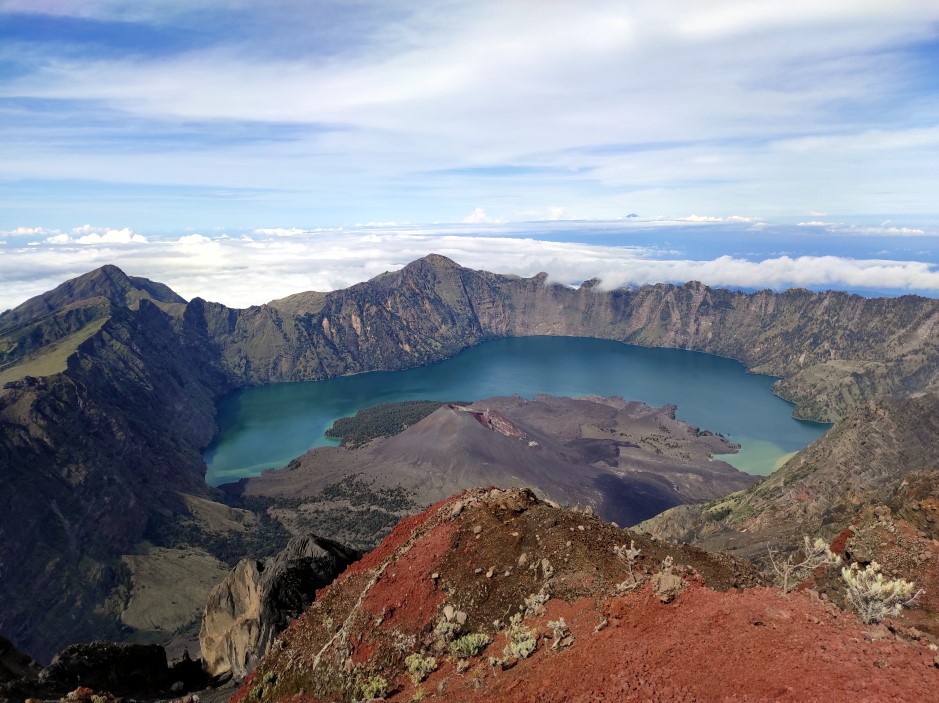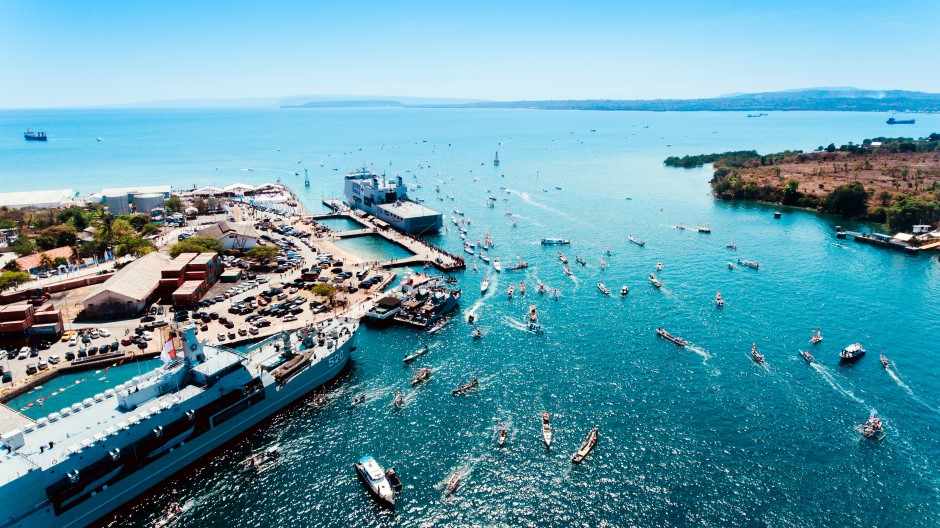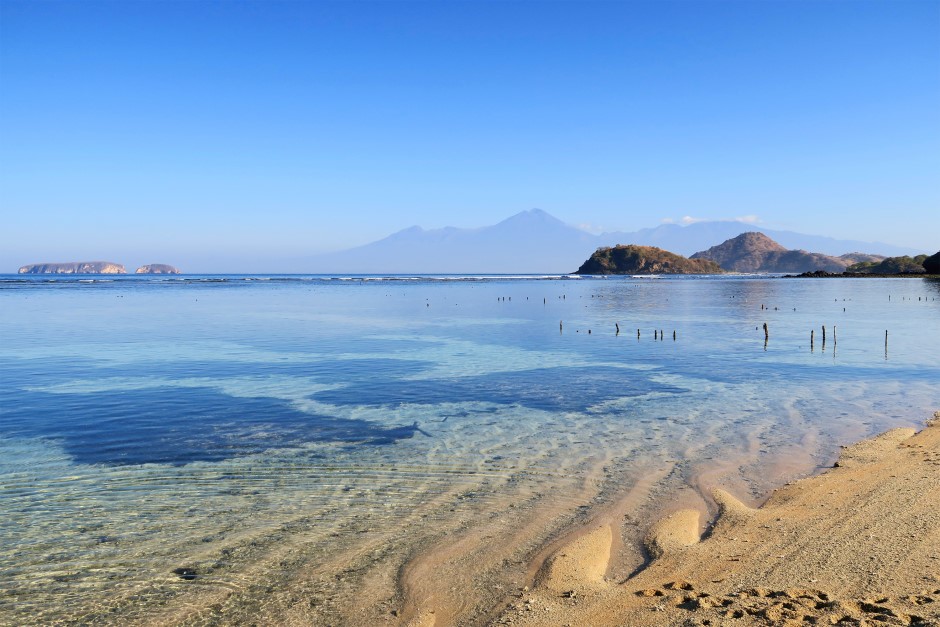-
Mount Tambora
Mount Tambora, also known as Gunung Tambora, is an active stratovolcano located on the island of Sumbawa in Indonesia. It is part of the Sunda Arc, a chain of volcanic islands formed by the subduction of the Indo-Australian Plate beneath the Eurasian Plate. The volcano is most famous for its massive eruption in 1815, which is considered one of the most powerful volcanic eruptions in recorded history. The 1815 eruption of Mount Tambora had a Volcanic Explosivity Index (VEI) of 7, making it a super-colossal eruption. The event released an estimated 160 cubic kilometers (38 cubic miles) of volcanic material into the atmosphere, causing global climatic effects. The following year,…
-
Badas Harbour
Badas Harbour, located in Sumbawa, Indonesia, is a captivating destination that has recently begun to gain international attention. This picturesque harbour, nestled on the eastern coast of the island, is surrounded by pristine beaches, breathtaking views, and a rich cultural heritage. As tourism continues to grow in the area, it is crucial to recognize and appreciate the unique charm that Badas Harbour has to offer. This article will explore the beauty of Badas Harbour, its historical significance, and the potential for sustainable tourism growth in the region. A Brief Overview of Sumbawa Island Sumbawa Island is part of the Lesser Sunda Islands, a group of islands in the southern part…
-
Mount Sangeang Volcano
Mount Sangeang, also known as Gunung Sangeang Api, is an active volcano located on Sangeang Island, part of the Lesser Sunda Islands in Indonesia. The island is situated to the northeast of Sumbawa Island in the West Nusa Tenggara province. Mount Sangeang consists of two volcanic cones, Doro Api (1,949 meters) and Doro Mantoi (1,795 meters), which are both characterized by their steep slopes and frequent volcanic activity. The volcano has a long history of eruptions, with documented activity dating back to the early 16th century. Over the years, Mount Sangeang has experienced numerous small to moderate eruptions, with some events producing lava flows, pyroclastic flows, and ash clouds. The…
-
The History of Sumbawa Island
Sumbawa Island, located in the West Nusa Tenggara province of Indonesia, has a rich and varied history. Over the centuries, the island has experienced the influence of various regional and global powers, as well as significant geological events. This comprehensive history of Sumbawa Island will cover its early inhabitants, the rise of powerful sultanates, the impact of European colonialism, and its role in modern Indonesia. Prehistoric Era and Early Inhabitants Archaeological evidence suggests that Sumbawa Island has been inhabited since prehistoric times. Early human settlements on the island can be traced back to the Pleistocene epoch, approximately 2 million years ago. The island’s earliest inhabitants were hunter-gatherers who primarily relied…




